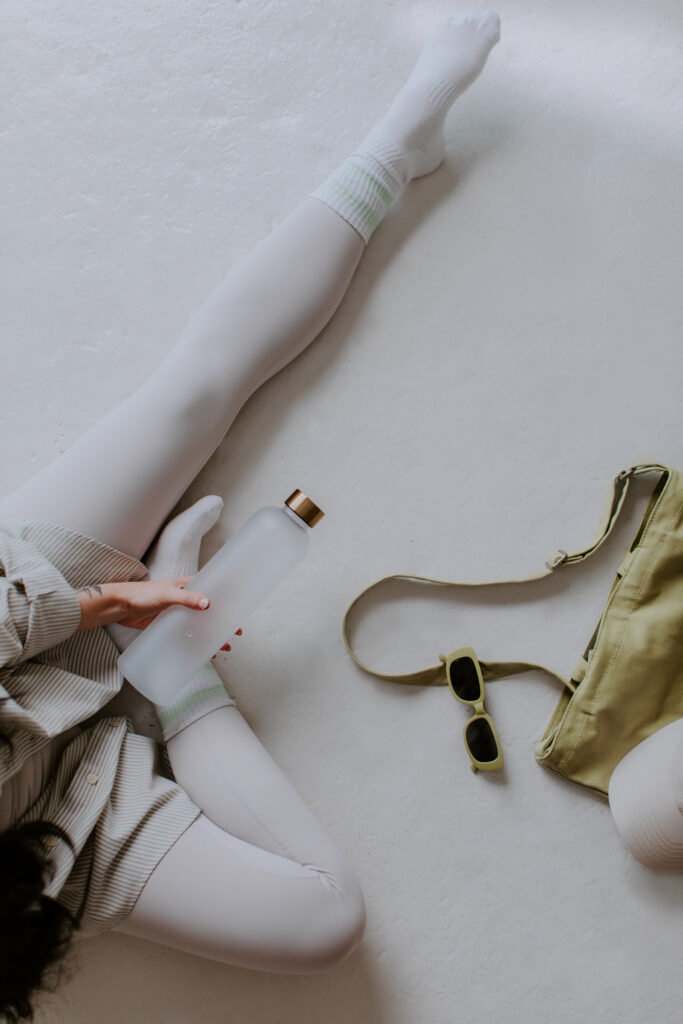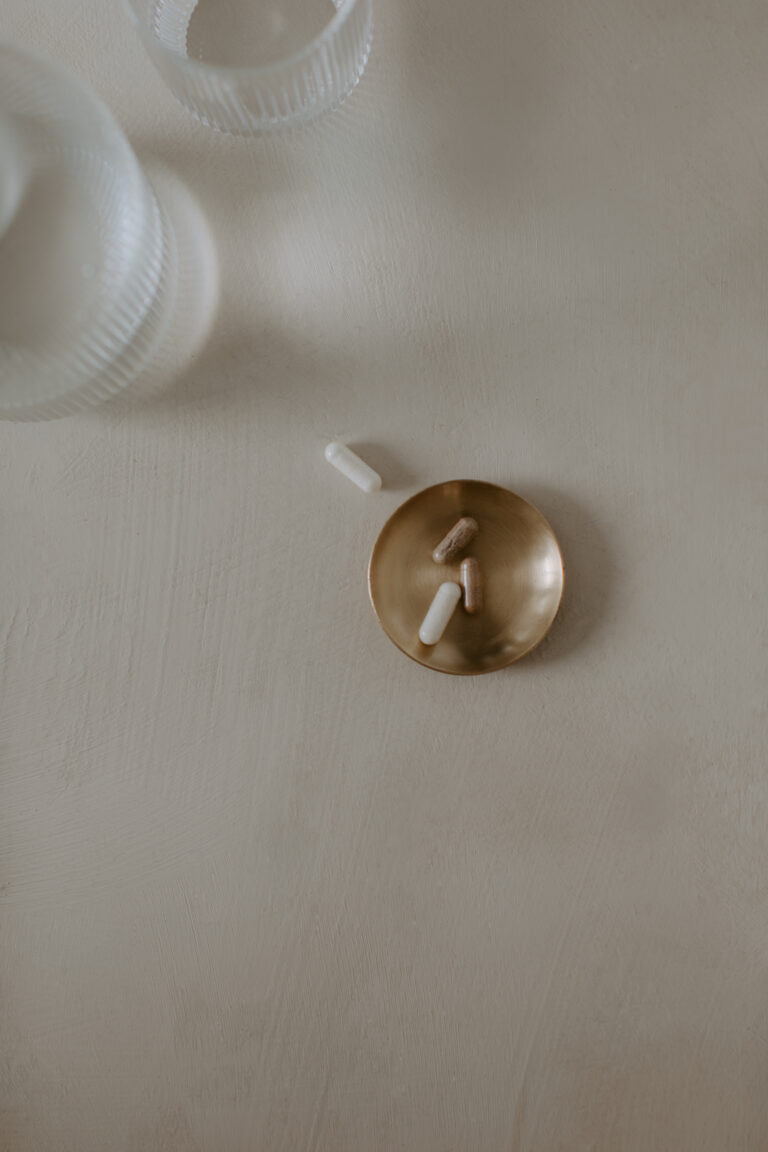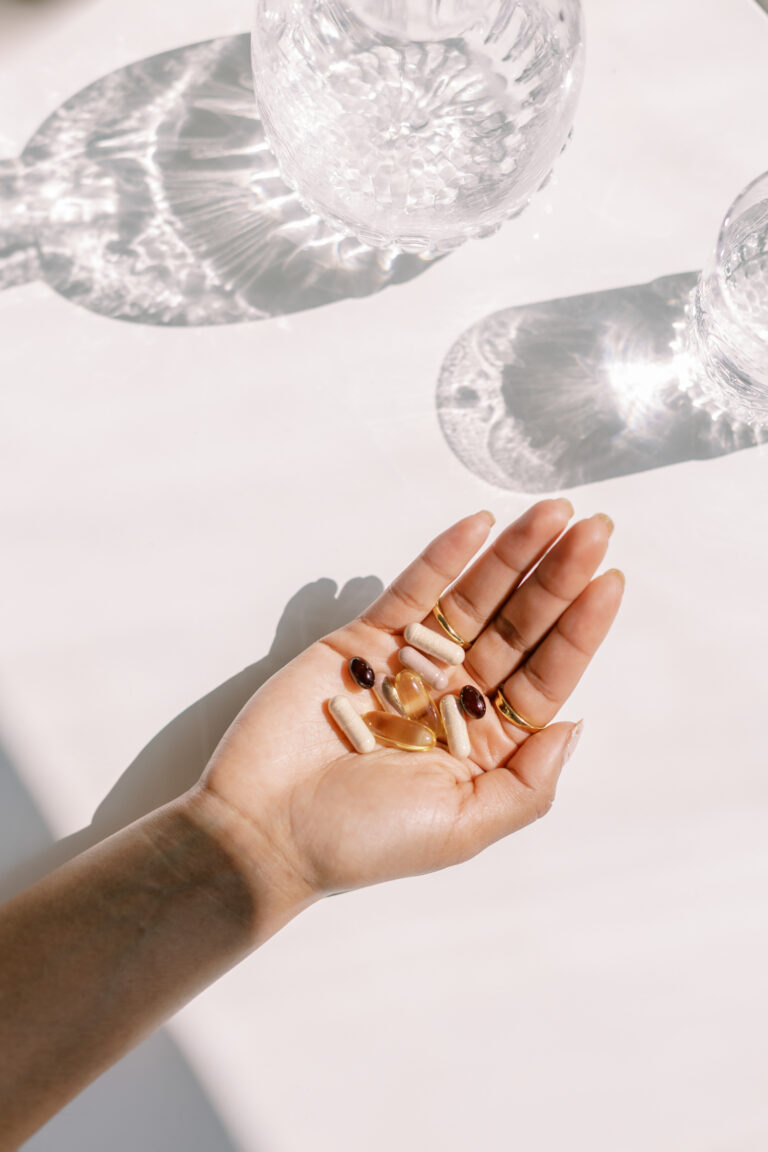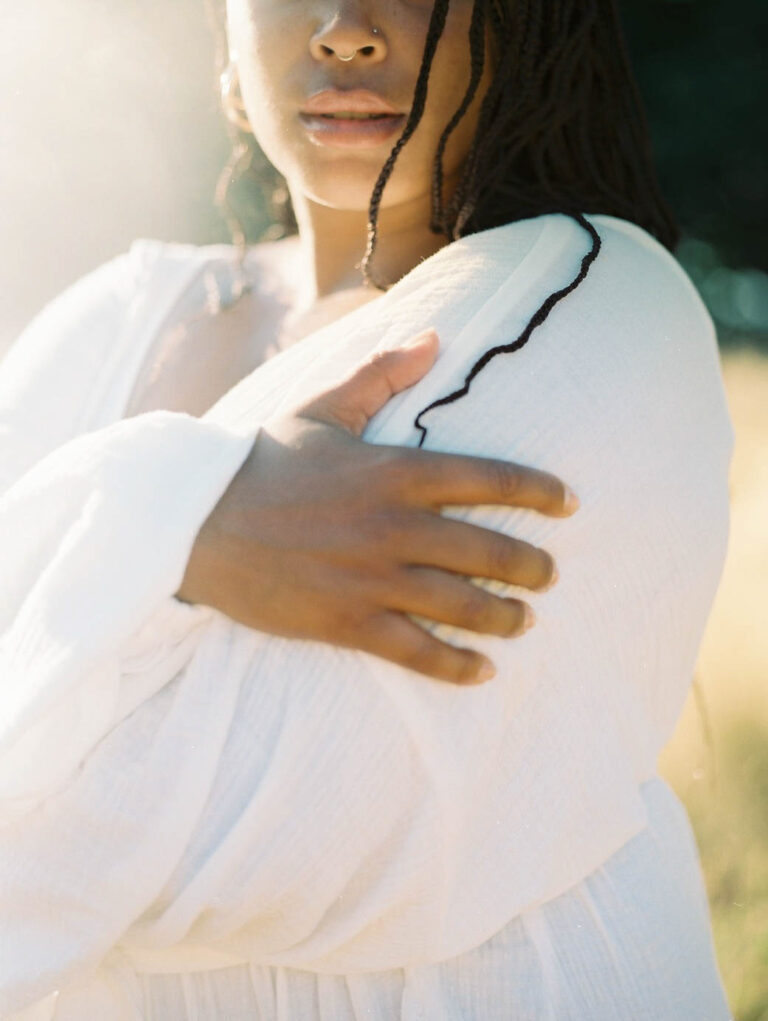A Beginners Guide for Women Starting Pilates in Their 30s

Are you in your 30s and considering Pilates? Maybe you don’t know where to start or what makes Pilates for women such a great choice at this stage of life.
The good news? Pilates is beginner-friendly and adaptable, whether you’re brand-new to fitness or just looking for something that feels sustainable. Whether interested in mat or reformer, this guide will answer your questions about how to start Pilates, why it’s especially beneficial for women in their 30s and how to get the most out of your practice.
How Do I Start Doing Pilates?
So, you’re ready to start Pilates – but where do you begin? Starting Pilates is easier than you might think, and the great thing is you don’t need to be super flexible or have any prior experience. Here’s some simple tips to get you going with confidence.
- Start with Mat Pilates
Mat Pilates is an ideal starting point for beginners because you don’t need to buy expensive equipment – you just need a mat and some space to move. You can find mat Pilates classes at local studios, gyms, or even online if you prefer working out at home. Mat Pilates for women will introduce you to the core principles and movements without needing a reformer machine.
- Look for Beginner Classes
Many studios and online platforms offer classes specifically for Pilates beginners. These sessions move at a slower pace and offer extra guidance on technique and form, which is key to getting the most out of Pilates and avoiding injury.
- Try Online Options
If a studio isn’t convenient, or you prefer a flexible schedule, there are plenty of online Pilates classes and apps. A quick search will bring up free videos or affordable platforms that allow you to practice Pilates anytime, anywhere – perfect for the busy working woman.
- Commit to a Few Sessions Per Week
We can’t stress this enough – consistency is key with Pilates. You don’t need to practice every day, but even two to three sessions per week will start building core strength and flexibility. Focus on showing up regularly rather than pushing yourself too hard in each session.
What to Expect in Your First Pilates Session
What will your first Pilates class be like? We’re going to tell you. But at the end of your first session, you’ll better understand what Pilates is all about – and maybe even feel the famous ‘Pilates burn’ in your core. Here’s a quick overview of what you can expect:
Class structure – Most Pilates for beginners classes start with a gentle warm-up to get you connected with your breath and ready to engage your core. From there, you’ll move through a series of exercises targeting different areas – mostly your core but also your glutes, arms, and legs.
Core movements you’ll see – Expect to try classic Pilates exercises like the Hundred (a great core warm-up), Roll-Up (for flexibility), and Leg Circles (for hip stability). The instructor will guide you through each move, so don’t worry if the names sound unfamiliar – they’ll all make sense by the end of class.
Focus on breathing and control – In Pilates, breathing is key. Your instructor will cue you to breathe in sync with each movement to help engage your muscles more deeply. Don’t stress if it feels awkward at first. Learning Pilates breathing takes practice, but it becomes second nature over time.
Wear comfortable clothing – Choose something slightly fitted so you can move freely and your instructor can see your form to help you make adjustments. Bare feet or grip socks are common in Pilates to help with stability.

Pilates for Beginners – Tips to Get the Most Out of Your Practice
Here are some beginner-friendly tips to help you get the most out of your Pilates sessions and see real results.
- Pilates is all about control and precision, not speed. Focus on doing each movement well rather than trying to power through quickly. Listen to your body – if something feels too intense, scale back. Over time, you’ll build the strength to progress.
- Breathing techniques might seem tricky at first, but it’s essential for engaging your core and improving each move’s effectiveness. Inhale deeply through your nose and exhale through your mouth, focusing on tightening your core with every breath. This breathing will soon become second nature and make a big difference in your workout.
- You don’t need to practice Pilates daily to see results. The key is consistency. Keep showing up, even if it’s just for short sessions, and you’ll see progress over time.
- Rather than aiming for perfection, set small goals that make you feel accomplished. Maybe it’s attending two classes a week or mastering a particular move like the Roll-Up. These little wins will keep you motivated and remind you of your progress.
- Pilates for women is all about building a strong, balanced body over time, so try to enjoy the process. As you practice, you’ll likely start noticing improvements in your posture, flexibility, and overall body awareness. Celebrate those changes as they come!
Benefits of Pilates for Women in Their 30s
Curious about what Pilates can do for you? Here’s why Pilates is especially beneficial for women in their 30s and 40s and what you can expect as you start practising consistently:
- Full-body toning and strengthening
- Core stability and improved posture
- Increased flexibility and balance
- Stress relief and enhanced mind-body connection
- Sustainable, enjoyable exercise routine
- Improved muscle endurance and stamina
- Enhanced body awareness and coordination
- Low-impact, joint-friendly workout
- Boosted metabolism and calorie burn
- Better alignment and reduced risk of injury
Starting Pilates with Confidence
So, as you can see, Pilates is a workout that’s kind on your body but big on results. Start with a beginner class, explore some online sessions, or roll out a mat at home and begin. Pilates for women is about progress, not perfection, so don’t worry if you don’t pick it up on your first try. Get started, stay consistent, and enjoy how your body changes for the better over time.




